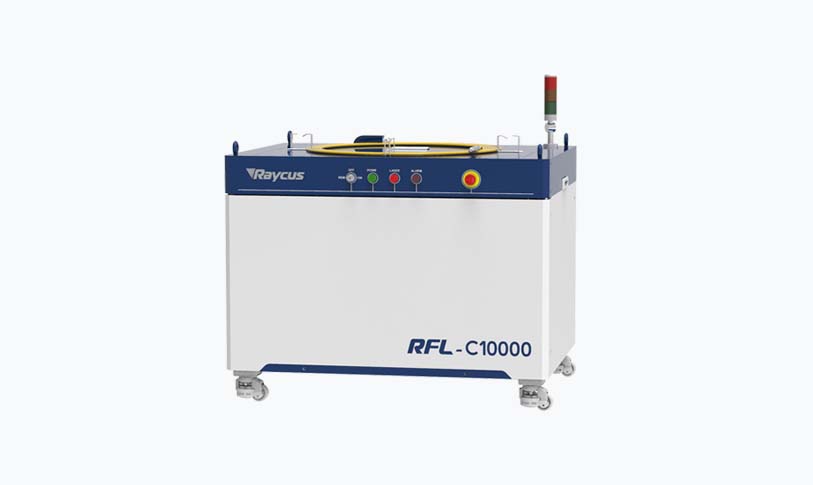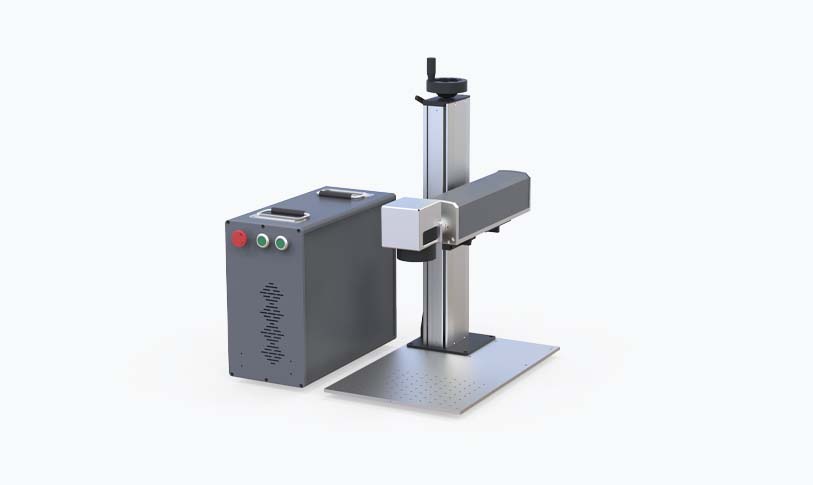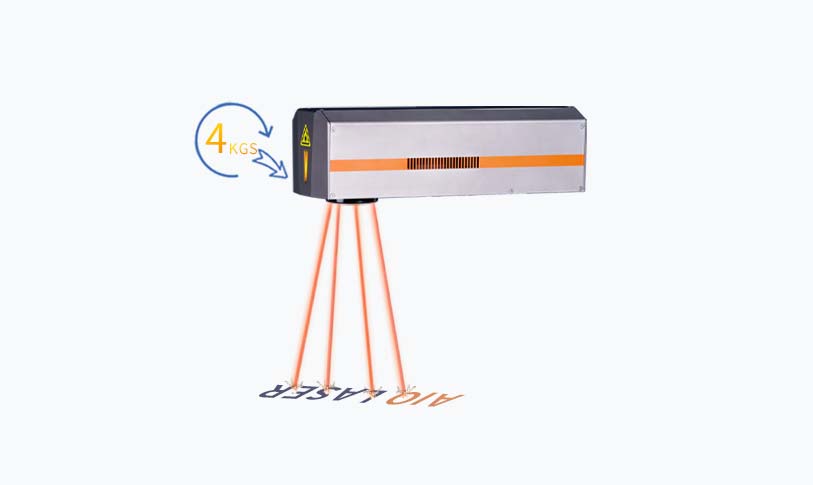[galvo scanning]Exploring the Advancements and Applications of Galvo Scanning Technology in Modern Manufacturing and Precision Engineering
****
Galvo scanning technology has rapidly evolved in recent years, becoming a pivotal component in various industries, including manufacturing, medical applications, and precision engineering. This laser scanning method utilizes galvanometer-driven mirrors to position a laser beam with remarkable speed and accuracy, enabling a myriad of applications ranging from laser engraving and cutting to laser microscopy and material processing. The significance of galvo scanning lies in its ability to deliver fine detail and high efficiency, making it an essential tool for businesses striving to enhance productivity and precision in their operations.
**What is Galvo Scanning?**

Exploring the Advancements and Applications of Galvo Scanning Technology in Modern Manufacturing and Precision Engineering
At its core, galvo scanning leverages galvanometers—devices that measure and control angular position—to manipulate mirrors finely. The system comprises two mirrors: one for horizontal and another for vertical adjustments. By controlling the angles of these mirrors with extremely low latency, the laser beam can be directed swiftly over various surfaces, creating intricate designs or processing materials with exceptional detail.
This technology stands out primarily due to its speed. Traditional methods of laser engraving or cutting often required complex mechanical movements that could slow down production. In contrast, galvo scanning eliminates these time-consuming mechanical components, offering a system where the laser’s focal point can traverse the working surface almost instantaneously. As a result, businesses can achieve higher throughput with lower operational costs, making galvo scanning increasingly attractive for manufacturing environments.
**Applications of Galvo Scanning**
One of the most significant applications of galvo scanning is in the field of laser marking and engraving. Industries such as aerospace, automotive, and consumer products use this technology for adding serial numbers, barcodes, or intricate logos to various materials. The high precision of galvo scanning ensures that markings are not only accurate but also durable, resisting wear over time. Given the demand for traceability in modern manufacturing, the importance of reliable laser marking continues to grow.
Another noteworthy application is in laser cutting. Galvo scanning systems can handle a variety of materials including plastics, metals, and wood. The speed and precision of this technology enable intricate cuts that would be time-prohibitive using traditional CNC machines. This capability is particularly beneficial for industries such as fashion, where precision cutting can influence the final product’s quality dramatically.
In the medical field, galvo scanning technology has revolutionized procedures such as laser surgery and tissue ablation. Precise targeting of tissues with minimal damage to surrounding areas is critical in these procedures. The speed and accuracy of galvo scanning systems ensure that practitioners can perform complex tasks swiftly, reducing patient recovery time and improving overall outcomes.
Furthermore, galvo scanning is also making substantial contributions to advanced manufacturing processes, including 3D printing. As printing technologies evolve, integrating laser scanning capabilities into 3D printing machines enables rapid prototyping with intricate designs and features that were previously unachievable. This synergy of technologies allows manufacturers to push the boundaries of creativity and innovation.

Exploring the Advancements and Applications of Galvo Scanning Technology in Modern Manufacturing and Precision Engineering
**The Future of Galvo Scanning**
As industrial demands continue to grow, the future of galvo scanning looks promising. Advancements in digital signal processing, control algorithms, and mirror technology are fueling the development of even faster and more precise scanning systems. The introduction of AI and machine learning algorithms offers the potential to optimize scanning paths dynamically, further enhancing efficiency and reducing errors in real-time applications.
Moreover, with the rise of automation and Industry 4.0, the integration of galvo scanning technology with smart manufacturing systems is becoming increasingly common. By embedding sensors and connectivity features into galvo scanning systems, manufacturers can monitor performance and make data-driven decisions to optimize production lines.

Exploring the Advancements and Applications of Galvo Scanning Technology in Modern Manufacturing and Precision Engineering
In conclusion, galvo scanning technology is at the forefront of modern manufacturing and precision engineering. Its ability to deliver high-speed, high-precision laser applications has made it an indispensable tool across multiple industries. As advancements continue and new applications emerge, galvo scanning is poised to play a critical role in shaping the future of production and product development. Whether in engraving, cutting, medical procedures, or the integration with emerging technologies, the possibilities are vast, reinforcing the importance of this technology in our increasingly automated world.galvo scanning system
